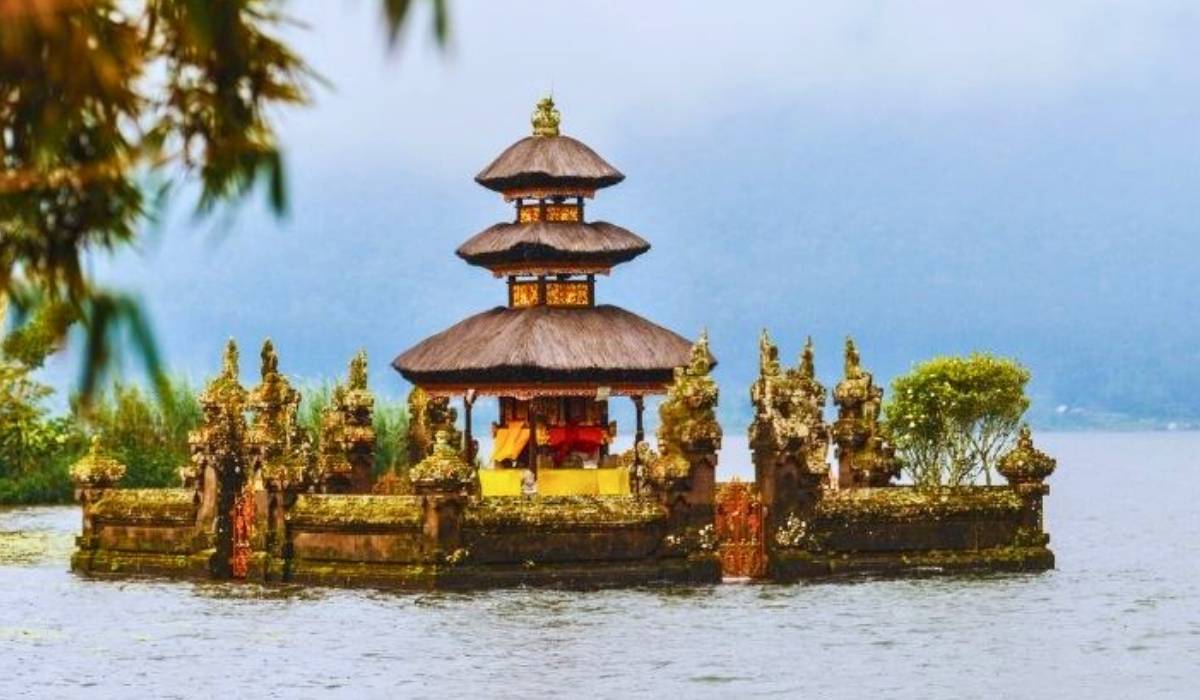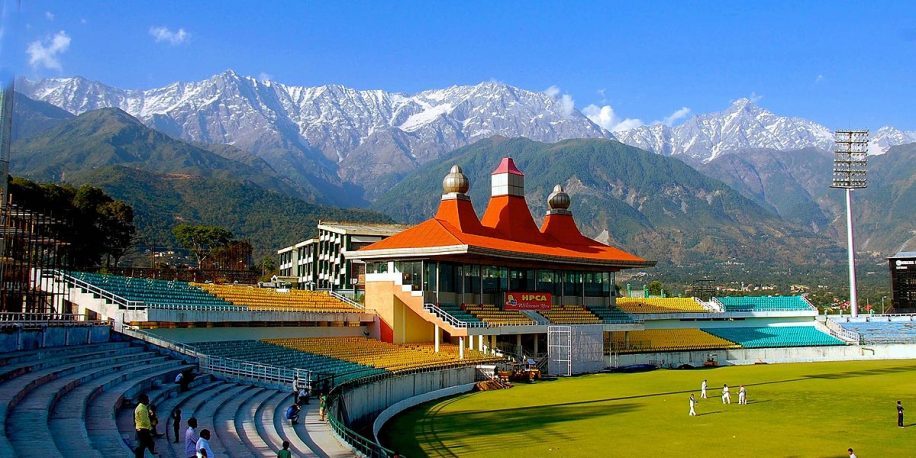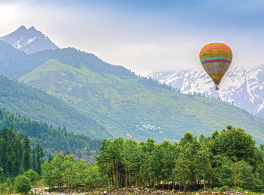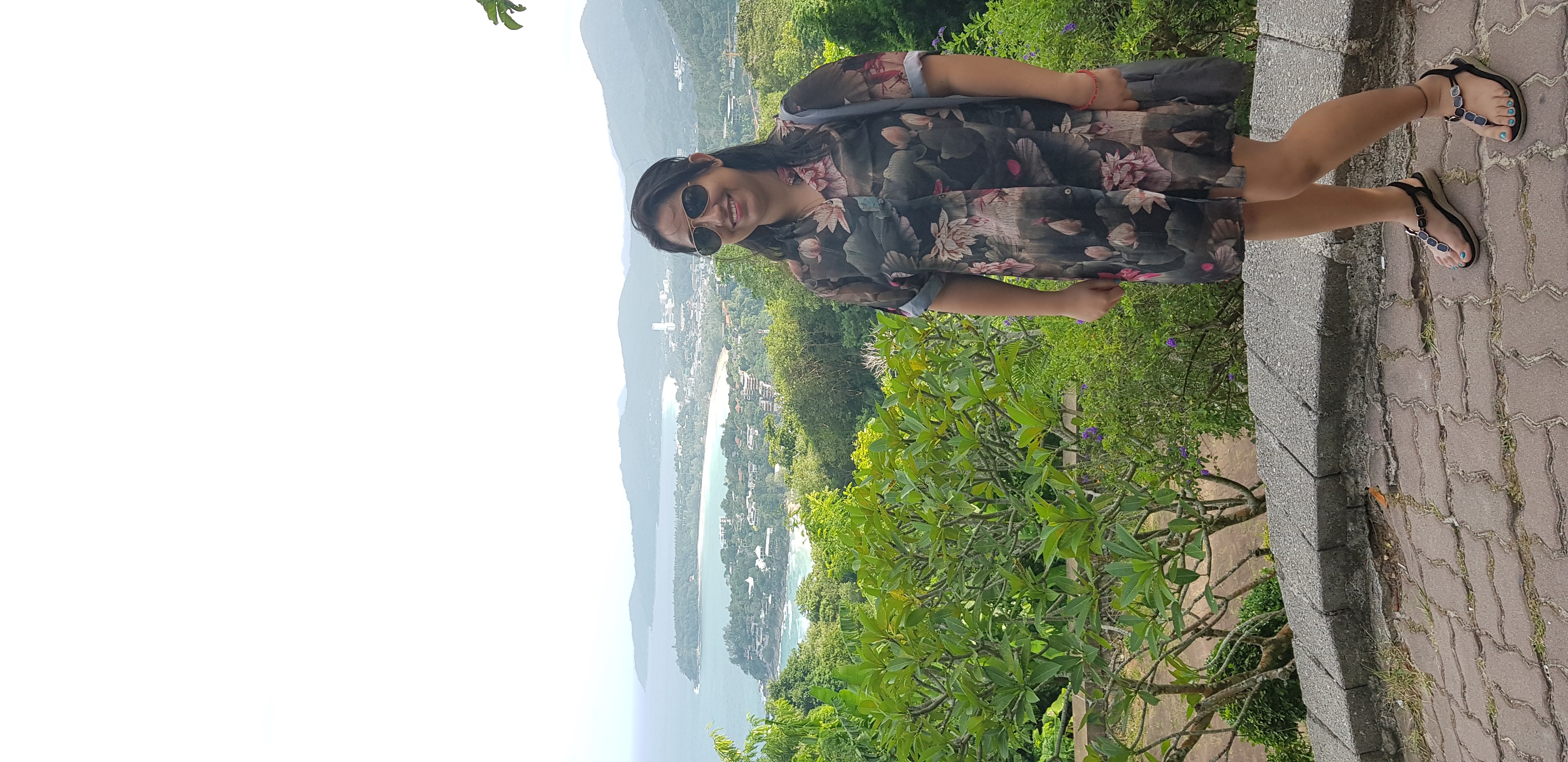
If you're dreaming of a serene escape surrounded by turquoise beaches, vibrant temples, and tropical jungles, then Bali is calling your name. But before you pack your bags, it's crucial to understand the island’s climate so you can choose the best time to visit Bali. This detailed Bali trip guide will help you plan the perfect island holiday, highlighting not only the Bali weather for tour planning but also top seasonal activities and the best islands to explore.
The best time to visit Bali is during the dry season, from April to October, when the island enjoys sunny days, low humidity, and calm seas—perfect for beach activities, hiking, and island hopping. This period offers ideal Bali season for tour conditions with clear skies and vibrant festivals, making it the top choice for travelers seeking outdoor adventures and cultural experiences. However, the wet season (November to March) also has its charm, bringing lush landscapes and fewer crowds, ideal for those wanting a quieter, more spiritual escape.
Bali enjoys a tropical climate year-round, with average temperatures hovering between 26°C and 30°C. However, the island’s charm changes with the season. Bali has two main seasons: the dry season, which spans from April to October, and the wet season, from November to March. Each season offers a different flavor of Bali, from sun-drenched beaches to lush green rice fields fed by the rain.
During the dry season, Bali becomes a paradise for beach lovers, trekkers, and outdoor adventurers. You’ll find bright blue skies, cool breezes, and minimal rainfall. The air is crisp, the seas are calm, and the views from Bali’s many mountain tops are crystal clear.
On the other hand, the wet season brings short but heavy tropical showers, usually in the afternoons or evenings. Mornings are often bright and sunny, making early-day excursions possible. Despite the rain, this is when Bali’s landscape becomes its most vibrant. The rice terraces around Ubud are especially lush, and the waterfalls are full and flowing.
April is a transitional month in Bali, where the wet season begins to fade. The rain tapers off, and the skies clear up. With moderate crowds and improving weather, this month is perfect for early-season travelers. Rice fields glisten from recent rains, and waterfalls are at full flow, offering picturesque landscapes without the intensity of the wet season.
May brings consistently sunny weather and low humidity, making it one of the most comfortable months for travel. It’s an ideal time for hiking Mount Batur, lounging on the beaches of Seminyak, or snorkeling in Amed. Crowds are still moderate, which allows for a more peaceful experience.
By June, the Bali weather for tour is at its best. Days are dry, bright, and full of cultural excitement. This is when the Bali Arts Festival kicks off, showcasing traditional dances, music, and crafts. It’s also an excellent time to visit the Gili Islands or try surfing in Uluwatu.
July is peak tourist season. Expect higher prices and larger crowds, but also flawless weather. The days are long, dry, and ideal for exploring beaches, temples, and waterfalls. It’s also when the famous Bali Kite Festival takes place, filling the skies with intricate and colorful kites.
August mirrors July in terms of weather but also includes Indonesia’s Independence Day on the 17th. You’ll witness parades, cultural shows, and a sense of celebration across the island. It’s a great time for diving in Nusa Penida or exploring hidden beaches along the Bukit Peninsula.
September is slightly less crowded, offering a more relaxed experience. The weather remains dry, though occasional showers may begin toward the end of the month. It’s ideal for wellness retreats in Ubud or scenic drives through Bali’s countryside.
In October, the air becomes more humid, and showers begin to appear sporadically. This is the perfect time to explore Bali’s indoor attractions like traditional craft workshops, museums, or Balinese cooking classes. Beaches are still swimmable, and prices begin to drop.
As the wet season begins in earnest, Bali’s landscapes transform. Expect rain in the late afternoons and evenings. Despite this, mornings can be sunny and perfect for exploring. November is a good time for cultural immersion, with fewer tourists and the vibrant green of nature returning.
Though December brings frequent showers, the holiday season fills Bali with energy and light. Resorts and restaurants offer special Christmas and New Year’s celebrations. While beach time may be limited, spa treatments and temple visits are still enjoyable.
January is the wettest month, with downpours common throughout the day. But it’s also the quietest time for tourism, perfect for travelers seeking solitude. The air is fresh, and the island’s green landscapes are stunning. Ubud is especially serene during this time.
February’s rain comes with cultural richness. This is the time for Galungan and Kuningan, two major Balinese Hindu celebrations. While beach days may be hit or miss, experiencing these traditions makes the trip worthwhile. Mornings are often dry, ideal for half-day tours.
March is a spiritual month in Bali. It hosts Nyepi, the Balinese Day of Silence, a unique cultural observance when the entire island shuts down. Leading up to Nyepi are the dramatic Ogoh-Ogoh parades. March is both introspective and energetic, marking the bridge between the wet and dry seasons.
Explore our Bali couple Package from india
The best time to visit Bali for outdoor adventures is the dry season. Surfing, hiking, snorkeling, and island-hopping are most enjoyable under clear skies. Nusa Penida offers dramatic cliffs and pristine waters for snorkeling with manta rays. Nusa Lembongan is perfect for laid-back beach days and mangrove explorations. The Gili Islands, though technically in Lombok, are easily accessible and ideal for diving and sunset cruises.
Though many avoid Bali during the rainy season, it has its unique charm. This is when to visit Ubud for yoga, healing therapies, and verdant jungle views. Waterfalls like Tegenungan and Sekumpul are at their peak. With fewer crowds, this is a wonderful time for photographers, artists, and anyone looking to connect with Bali’s spiritual side. Sanur and Nusa Dua, with their calm waters, remain viable options for swimming and beach walks.
If you’re visiting during the dry season, pack light clothing, swimwear, sunscreen, and a hat. For hiking or temple visits, consider breathable long-sleeved shirts and proper footwear. In the wet season, bring a compact umbrella, waterproof jacket, mosquito repellent, and quick-drying clothes. A sarong is also handy for temple visits regardless of the season.
Planning your trip around the best time to visit Bali not only enhances your travel experience but also ensures that your travel-related search queries align with peak traffic seasons online. Searches for terms like Bali trip guide and Bali weather for tour spike during transitional months and popular vacation times. By optimizing your Bali itinerary around these insights, you can also find better deals on Bali tour packages, accommodations, and local experiences.
Choosing the best time to visit Bali is all about knowing what kind of experience you want. If you’re after perfect weather, beach vibes, and outdoor thrills, the dry season is unbeatable. But if you prefer lush landscapes, cultural depth, and quieter experiences, the wet season has its own magic. By planning around the Bali weather for tour activities and aligning your itinerary with the seasons, your Bali holiday can be both unforgettable and deeply rewarding. Let this Bali trip guide help you unlock the perfect season for your island adventure.
.png)

.png)
.png)




